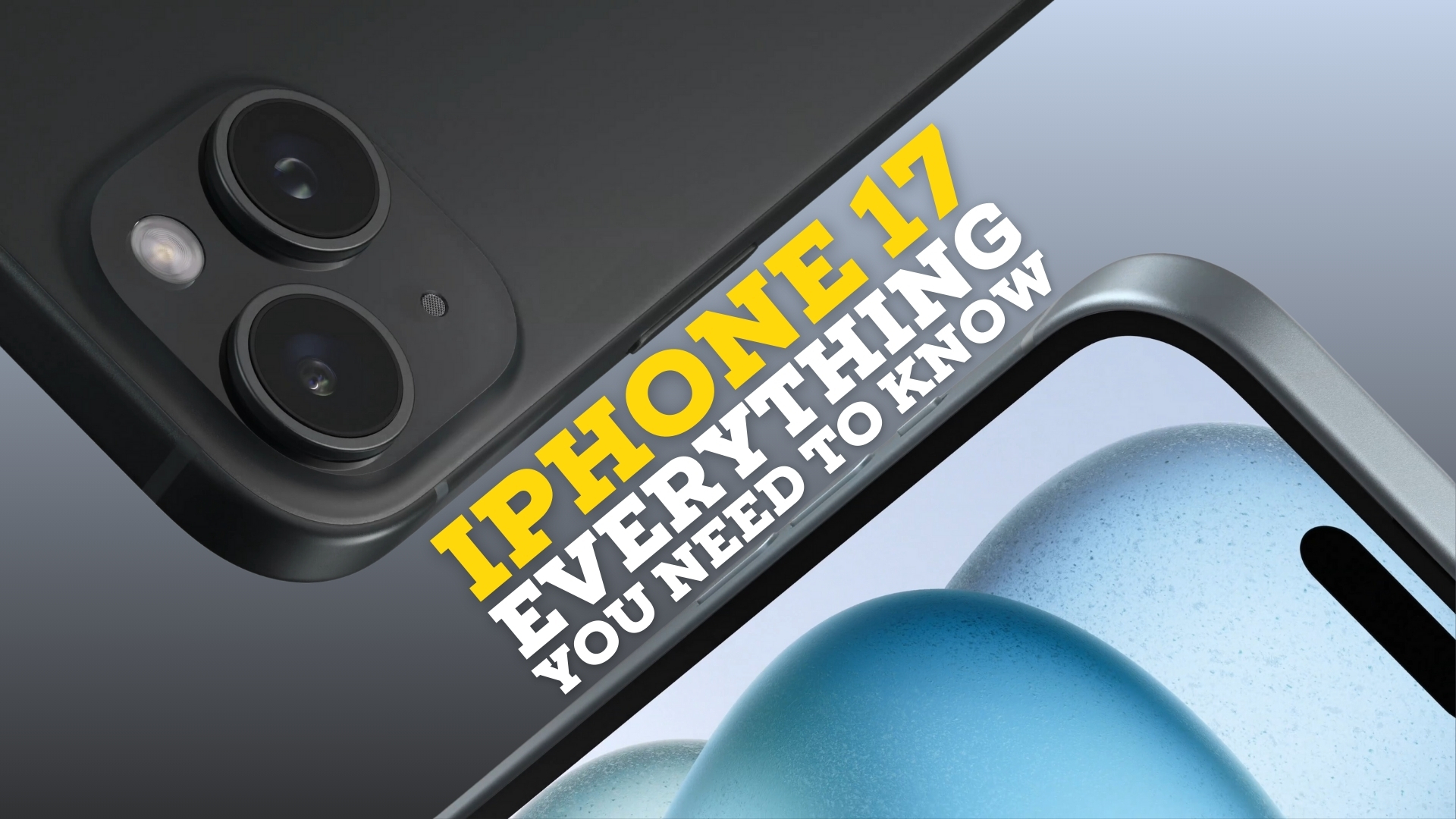
The iPhone 16 and iPhone 16 Pro haven't made their debut yet, but we're already looking further ahead to the iPhone 17.
That's partially the nature of Apple's iterative iPhone releases, as one release tends to tee up features for the next couple, and while we don't know as much about the iPhone 17 as we do about this year's phones, we've already started to piece together plenty of information about what it'll look like, and what it'll have under the hood.
From features that are tricking down from Pro models like ProMotion, a new chipset and an even better FaceTime camera, there's a lot to look forward to with the 2025 iPhone.
Here's all we know about iPhone 17 so far.
iPhone 17: At a glance
- Expected launch: September 2025
- Expected models: iPhone 17, 17 Plus, 17 Pro, 17 Pro Max, (Ultra)
- Key upgrades: 120Hz/Always-On display, anti-scratch display, size increase, A19 chip, 24MP FaceTime camera, 48MP telephoto lens
iPhone 17: Models
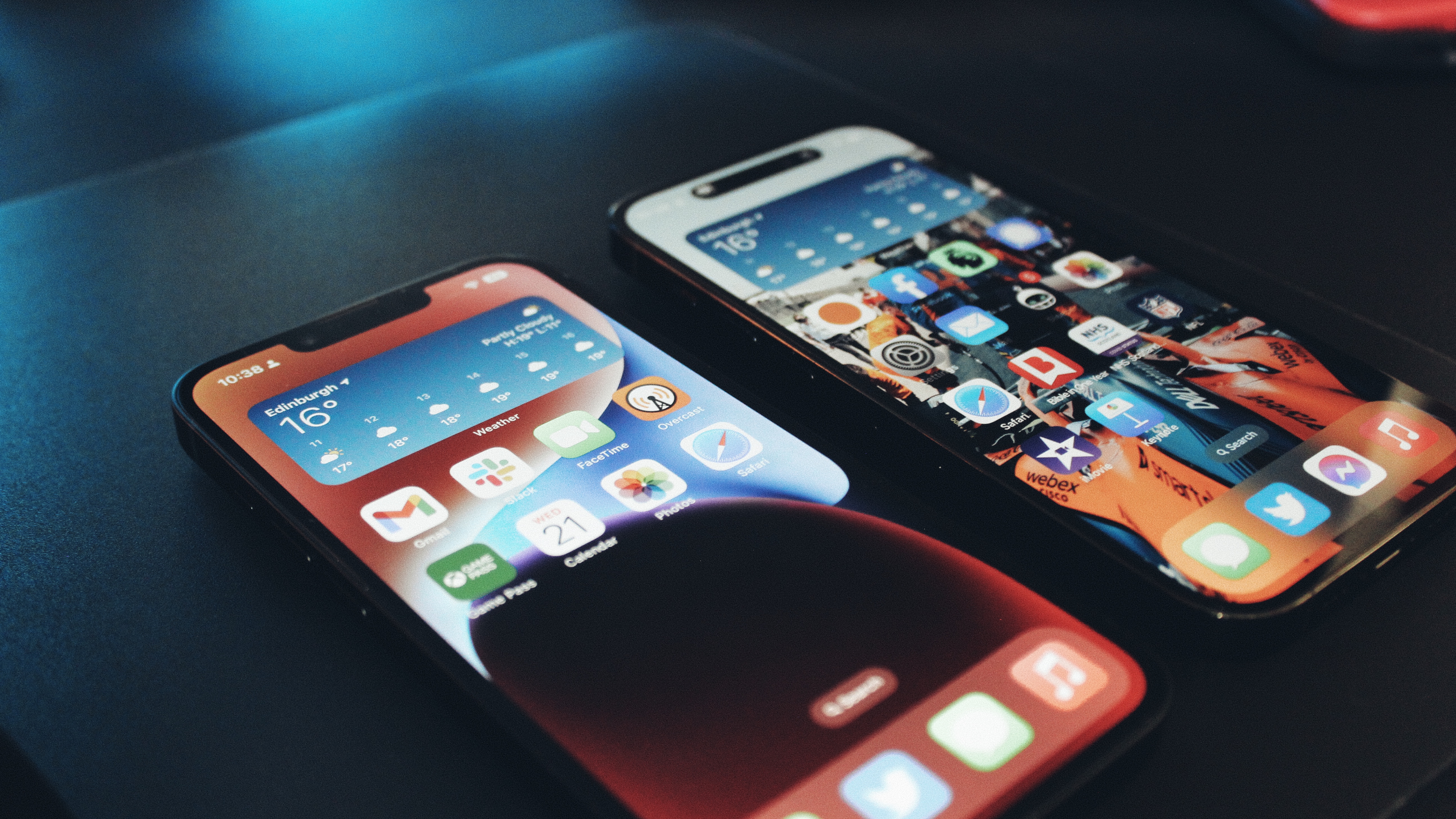
With the iPhone 14, Apple ditched the iPhone ‘mini’ in favor of its new ‘Plus’ iPhone, a larger 6.7-inch model without the bells and whistles of the Pro, and has settled on a new four-model configuration since. There is no indication that Apple plans to eschew this for the iPhone 16 and iPhone 16 Pro, but the iPhone 17 might be a different story. There are currently no specific rumors indicating that Apple is planning to depart from the iPhone 16’s model configuration, however that mysterious iPhone “Ultra” could make an appearance, and a new size of iPhone could be on the way.
Bloomberg’s Mark Gurman has previously floated the idea of a new iPhone Ultra that could replace Apple’s iPhone “Pro Max” model. Another top insider, Ming-Chi Kuo, also once referred to the iPhone 15 Pro Max as the iPhone 15 Ultra prior to its release. More recently, Gurman has stated that Apple could even offer the iPhone “Ultra” as “something even higher end” than the Pro Max. The Ultra didn’t materialize with iPhone 15 and it doesn’t look like an iPhone 16 Ultra is on the cards either. While we’ve heard very little about the iPhone Ultra in recent months, it remains a faint outside possibility for the 2025 iPhone 17 lineup.
With the iPhone 16 Pro, Apple is expected to adopt two slightly larger models to further distinguish between the iPhone 16 and 16 Pro lineup. If the new 6.3-inch and 6.9-inch models are successful with the iPhone 16 Pro launch, it’s almost certain that Apple will continue with its larger chassis next year. That means we can likely expect the iPhone 17 Pro to measure the same as the iPhone 16 models. It’s also possible that the larger screen sizes could trickle down to the iPhone 17 lineup, too. However, our most recent information actually indicates that the iPhone 17 might feature a model that sits somewhere between the iPhone 17 and the 17 Pro Max, smaller than the current plus size, but larger than the regular model.
If that’s the case, a likely lineup would see an iPhone 17 and iPhone 17 Plus, alongside an iPhone 17 Pro and iPhone 17 Pro Max. However, the size of the iPhone 17 and iPhone 17 Plus are very much up for debate right now.
It's worth noting that the gap between the iPhone 17 and its inevitable Pro siblings could be slimmer than ever, too.
iPhone 17: Design
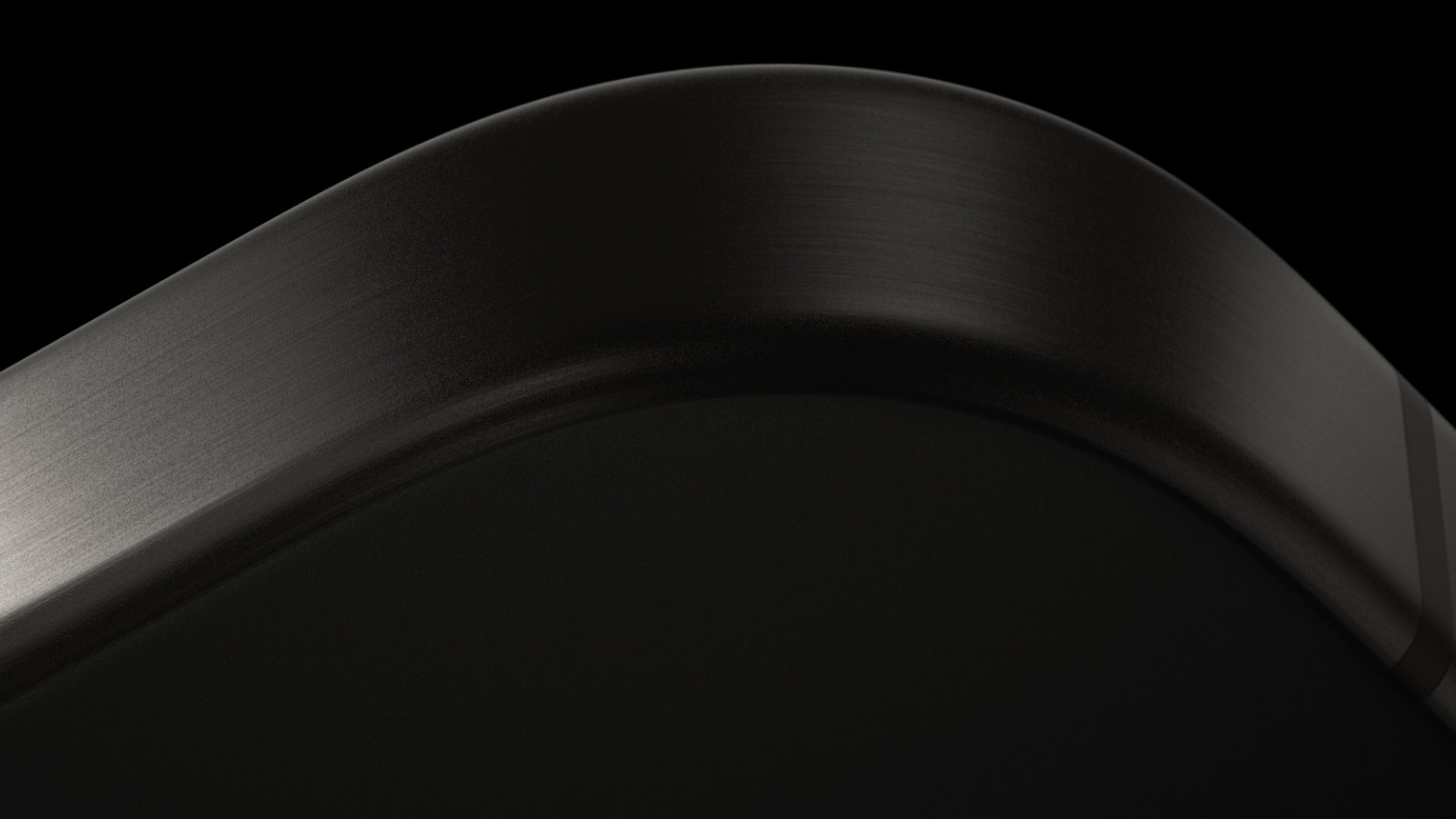
The most recent significant design overhaul to the iPhone was the iPhone 15 lineup. The iPhone 15 got a smashing new frosted, matte glass back using groundbreaking color infusion technology. It was the best regular iPhone design in years and one that’s likely to make a comeback with the iPhone 16 in 2024. Likewise, the iPhone 15 Pro got its all-new Titanium chassis. It’s lighter, stronger, and comes in a remarkable new brushed finish. According to reports, Apple is working on a new revised method for finishing the titanium that will give the 2024 iPhones a shinier finish more akin to the stainless steel we’re used to. As it stands, there are currently no reports or indications that Apple is planning any significant design changes to the iPhone 17 lineup in 2025.
In October, top insider Ming-Chi Kuo reported that Apple could adopt resin-coated copper foil material internally, reducing the thickness of the iPhone’s logic board. According to Kuo, RCC will reduce the thickness of the board, saving internal space, and making drilling easier during manufacturing. At last check, Kuo claims that if leading supplier Ajinomoto can improve its materials by the third quarter of 2024, “ the 2025 new high-end iPhone 17 models will use it.”
iPhone 17: Display
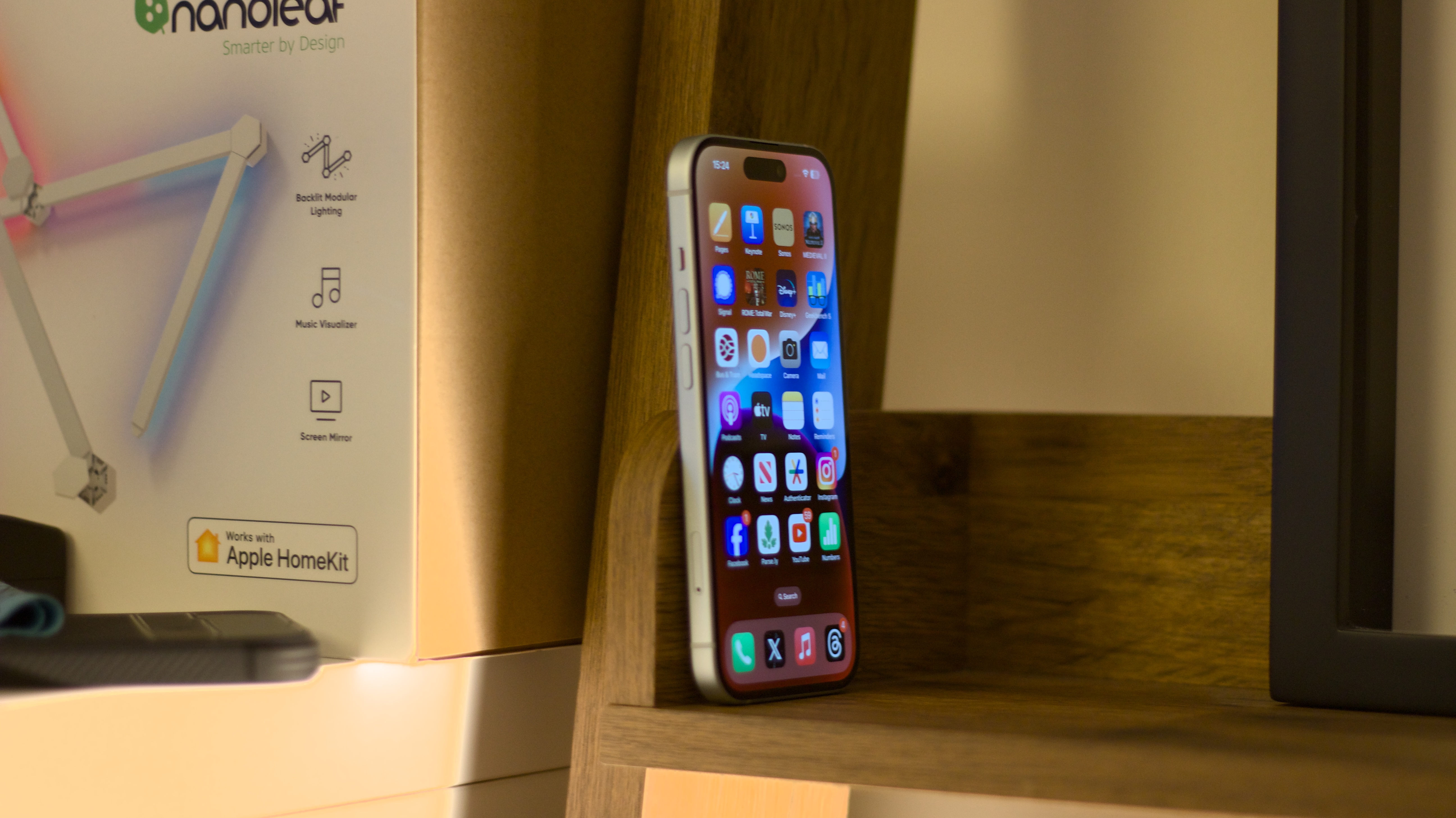
Perhaps the biggest rumored iPhone 17 change coming in 2025 is the advent of the LTPO display to the entire lineup. Apple first introduced the Super Retina XDR display with ProMotion to iPhone with the iPhone 13 Pro. Low-temperature Polycrystalline oxide is the technology that powers the OLED displays in Apple’s best Apple Watch and best iPhone models. It enables a variable refresh rate that lets your iPhone switch between 120Hz scrolling for fluid animations, down to as little as 1Hz for the Always-On display. This saves battery life all while delivering buttery smooth scrolling, slick day-to-day usage, and gaming performance.
In February, The Elec reported that all of the iPhone 17 models would feature Apple’s Always-On Display and the 120Hz ProMotion refresh rate. Specifically, noting that Apple “is likely to apply low-temperature polycrystalline oxide (LTPO) thin film transistor (TFT) organic light-diodes (OLED) to all four iPhone 17 series that will be released next year.”
As early as 2023, top display insider Ross Young claimed “Apple to go all LTPO in 2025, even base models to get 120Hz refresh, finally.” According to his iPhone roadmap, shared in April of last year. Apple is planning to introduce LTPO displays to the regular iPhone 17 models in 2025. The same roadmap accurately predicted that LTPS would persist through iPhone 15, but that the iPhone 15 would inherit the iPhone 14 Pro’s Dynamic Island.
According to a report from Chinese social media, Apple is working on a new scratch-resistant layer that will make the iPhone 17 and iPhone 17 Pro much tougher to scratch. Apple is said to using a super-hard AR layer to make its displays more scratch-resistant, spending “billions” on the tech, which is tipped for the 2025 iPhone.
We've also heard that an iPhone 17 Slim could be on the cards, potentially kicking off an entirely new naming convention. With that in mind, the iPhone 17 lineup could look like this:
This could lead to big changes for the Dynamic Island, too, which could be even narrower on the iPhone 17 Pro Max while the other models stick to the same size we have now.
iPhone 17: A19 chip
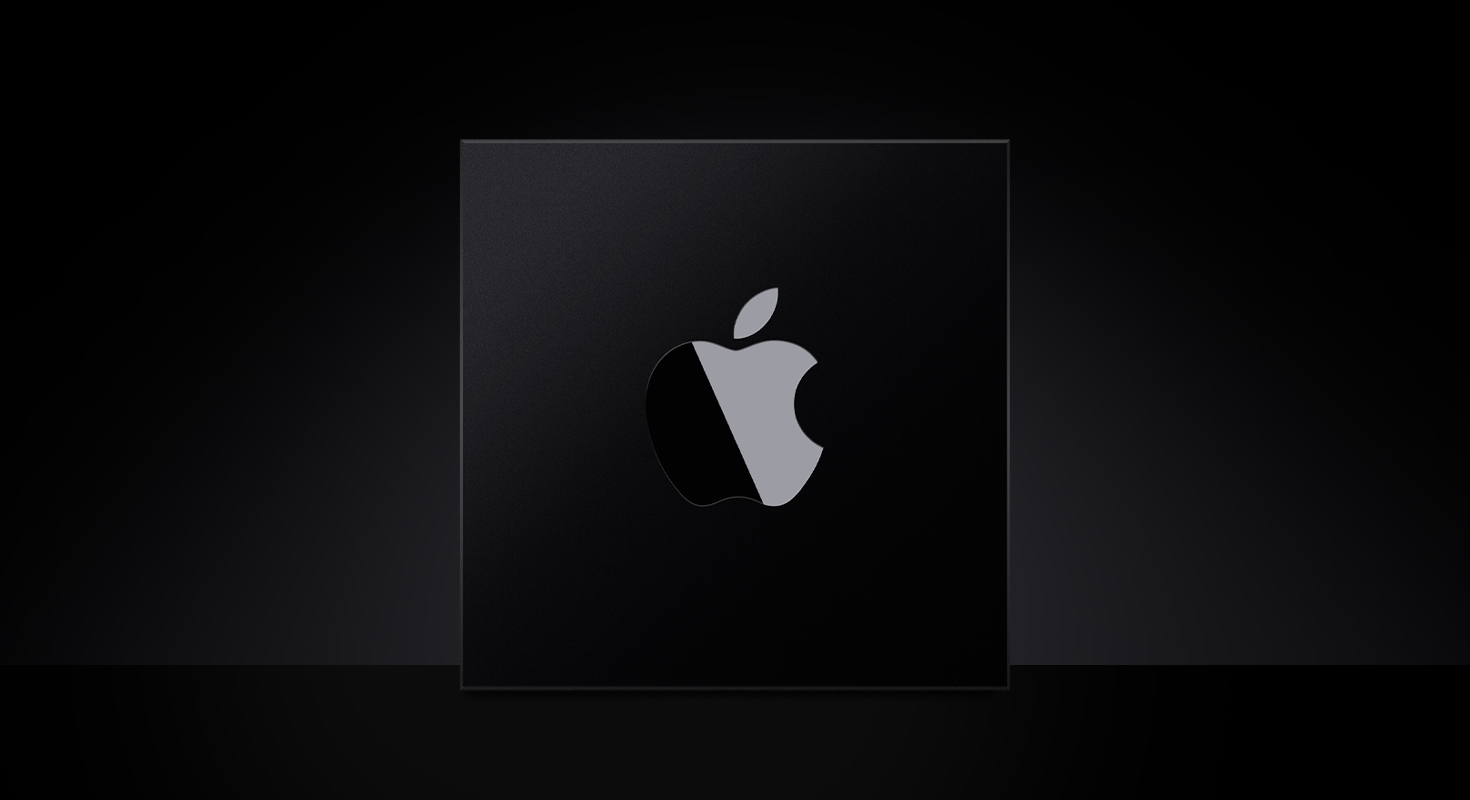
Apple’s smartphone chips remain well ahead of the competition. Its A17 Pro chip introduced hardware-accelerated ray-tracing to the iPhone 15 Pro and was the first iPhone chip built on the more efficient 3nm process. Apple is expected to introduce a new range of A18 chips to the iPhone 16 series, using the same process. However, Apple is already looking at using 2nm from TSMC for chips produced in 2025. According to DIGITIMES, Apple is first in line to get chips made using the 2nm process. Just like the 3nm jump, the 2nm switch will bring more compact, denser chips that pack more processing power into the same space. It’s not clear at this stage how much performance this could bring, but for context, moving from 5nm to 3nm delivered a performance boost of around a fifth, while reducing power consumption by almost a third. Estimates for the jump to 2nm suggest a slightly more modest jump in performance of 10% to 15%, with power consumption dropping by 25% to 30%.
In April, DIGITIMES reported that 2nm chips for Apple will begin trial production in the second half of 2024, with mass manufacturing beginning in early 2025.
One report suggests that the iPhone 17 and iPhone 17 Slim could be packing 8GB of RAM, while the Pro models offer 12GB of RAM. If that's the case, your next iPhone could have more RAM available to it than the MacBook Air's base configuration (at least at the time of writing).
iPhone 17: Camera
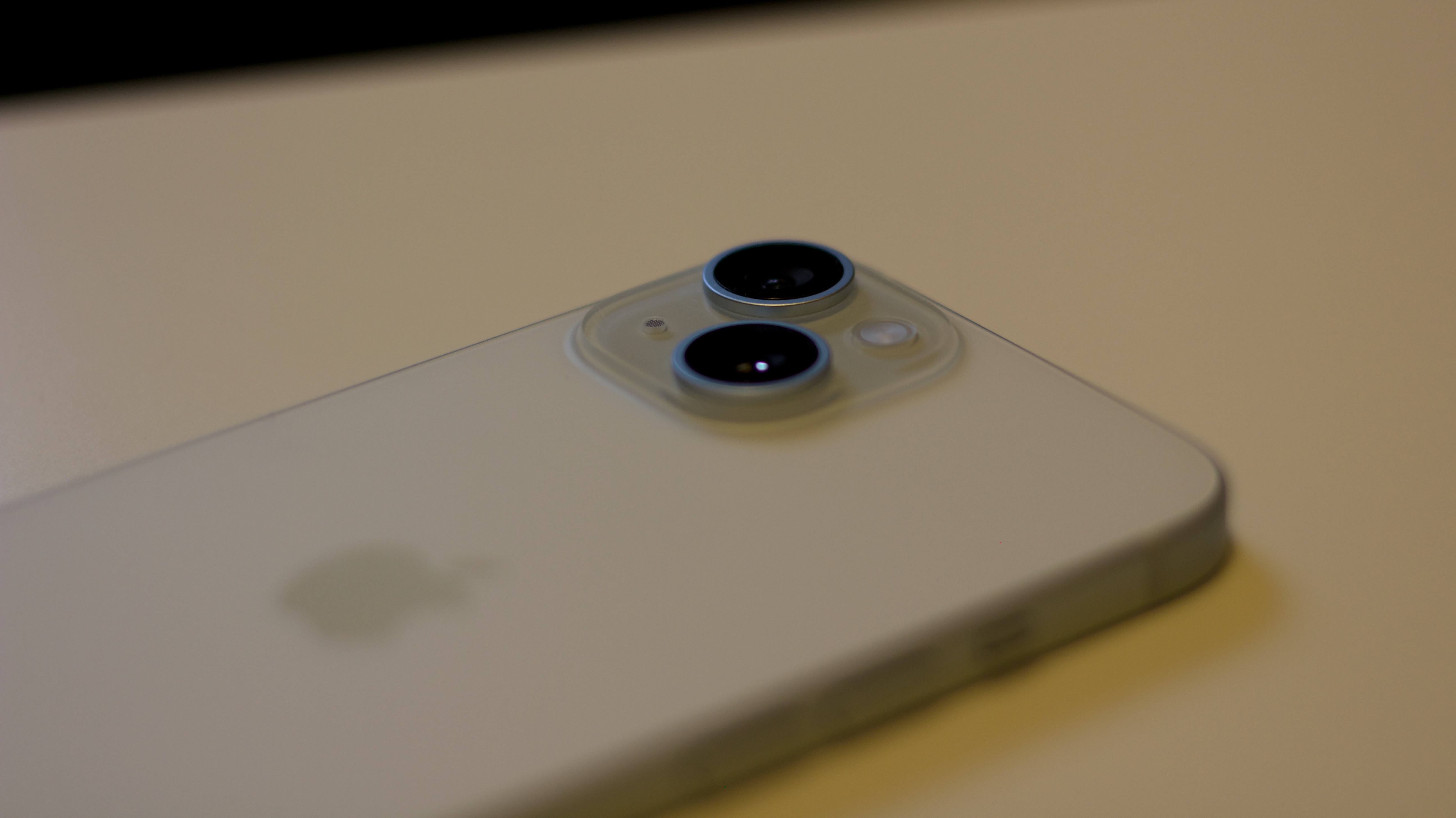
The iPhone 17 could herald not one but two significant camera upgrades over the iPhone 16 and iPhone 15 lineups that might give you pause to wait another year for that upgrade. Apple’s Pro iPhone range have long offered a three-lens camera configuration consisting of a main camera, Ultra Wide, and a Telephoto lens. Apple’s main lens was upgraded to 48MP with iPhone 14 Pro, a feature inherited by the iPhone 15. Apple is expected to give the pixel-boosting treatment to the iPhone 16 Pro’s Ultra Wide camera, bumping that up to 48MP from 12MP. According to Jeff Pu (if you hadn’t guessed yourself), Apple is going to complete the trifecta by adding a 48MP camera lens to its telephoto camera as well. That would mean all three lenses would be capable of shooting in Apple’s 48MP ProRaw format. Specifically, Pu reported that this feature would be coming to the iPhone 17 Pro Max. Whether or not this would preclude the iPhone 17 Pro, or more likely the 17 and 17 Plus, remains to be seen. Apple has settled into a rhythm of adding a 48MP upgrade and then pushing it down to the cheaper models. As such, it seems reasonable that the iPhone 17 will inherit the iPhone 16’s rumored 48MP Ultra Wide camera, leaving the 48MP telephoto lens for the iPhone 17 Pro.
The fun doesn’t stop there, however. Reporting in January 2024, Ming-Chi Kuo claimed that Apple will add “a significant upgrade to the iPhone 17’s front camera lens.” According to Kuo, the iPhone 17 will see the front-facing camera upgraded with a 24MP sensor, doubling the size of the current 12MP offering. That would make for better selfies and videos, as well as vastly improved calling in FaceTime and beyond.
iPhone 17: Under display Face ID
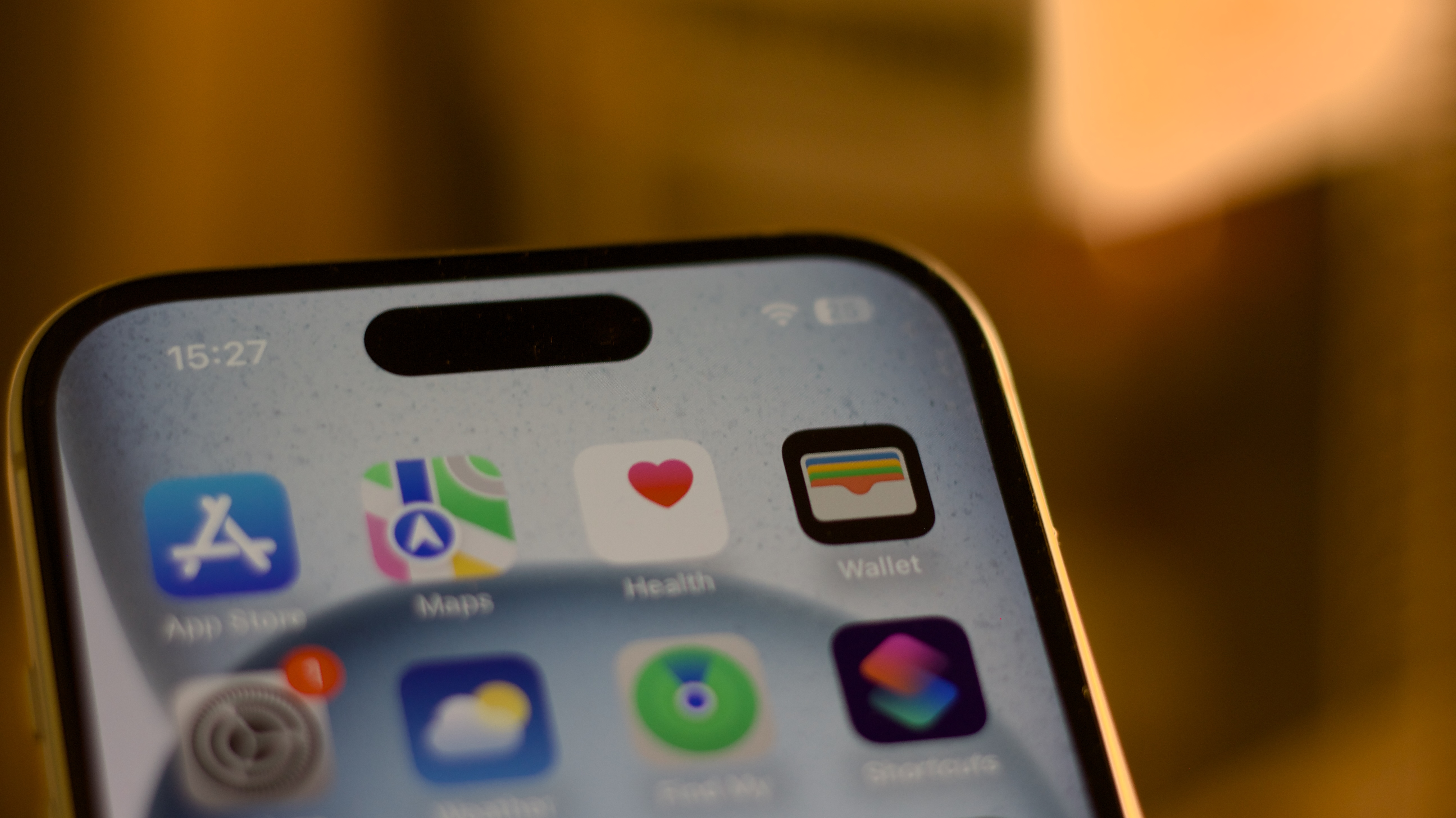
24MP front-facing camera could also power a very special new innovation in the iPhone 17 Pro, Face ID under the display. According to Ross Young’s aforementioned roadmap predicting LTPO across the iPhone 17 range, Apple is also set to add “under panel Face ID” to the iPhone 17 Pro and iPhone 17 Pro Max. That could mean a significant reduction in the size of the Dynamic Island, which he indicates will be reduced to a single whole rather than a pill-shaped cutout.
The last major change Apple made to the front-facing camera array was the advent of TrueDepth all the way back on the iPhone X.
iPhone 17: 5G and Wi-Fi
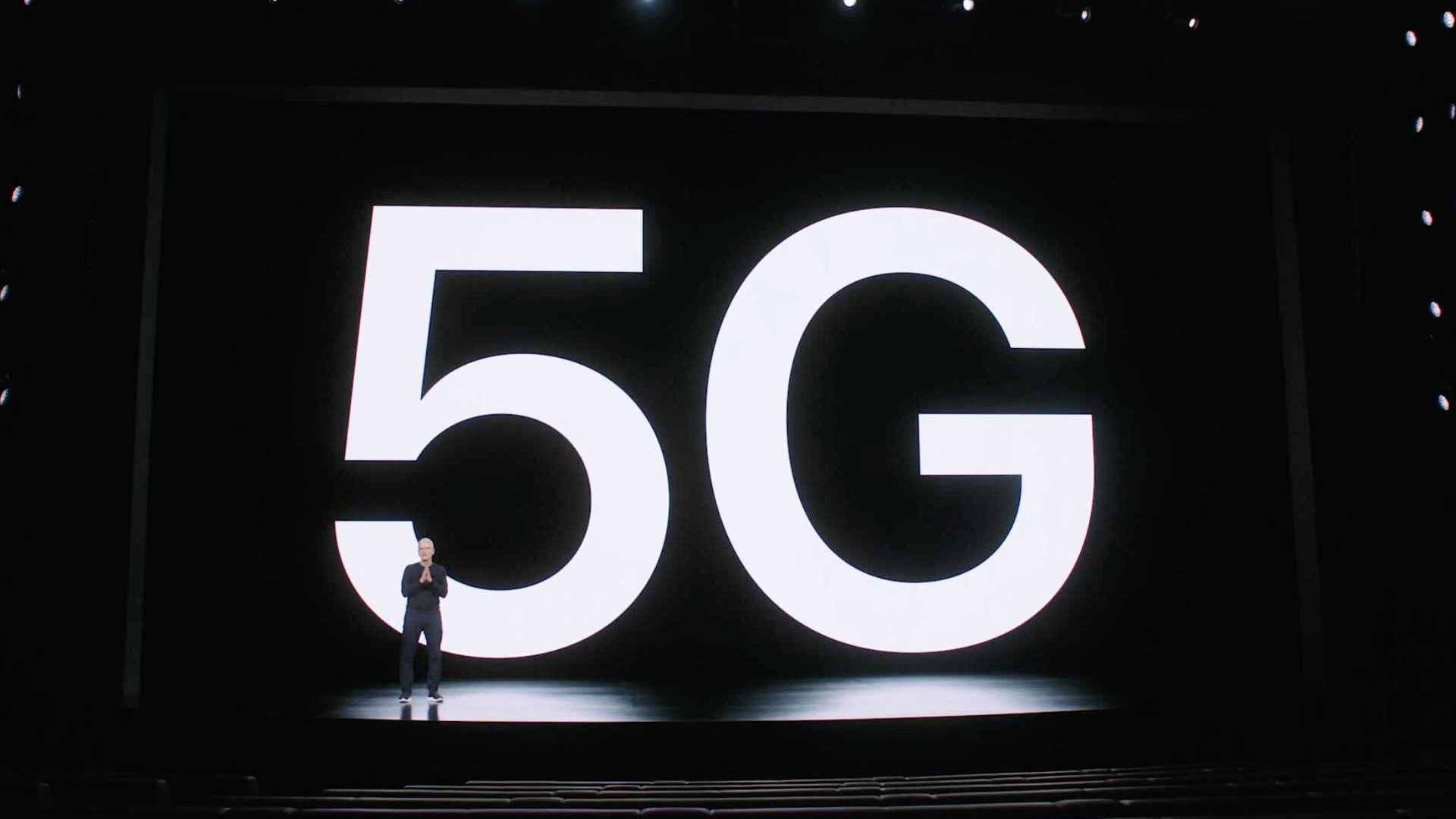
The iPhone 16 is expected to feature Wi-Fi 6E, inherited from the iPhone 15 Pro. As such, the iPhone 16 Pro will get Wi-Fi 7 as a significant upgrade. It’s possible that Apple could extend Wi-Fi 7 to the entire iPhone 17 lineup, but we’ll have to wait and see. The biggest Wi-Fi development is the rumor that Apple is developing its own Wi-Fi chips in-house to reduce reliance on third-party suppliers. Apple has unsuccessfully tried 5G modems, which are still thought to be years away. DIGITIMES recently reported “it would be quite a challenge for Apple's self-developed Wi-Fi chips to hit the market in 2025” suggesting that whatever Wi-Fi is on board likely won’t be powered by an Apple-designed modem.
In late 2023, Apple and Qualcomm inked a three-year deal that will see Qualcomm’s Snapdragon 5G Modem-RF Systems feature in iPhones in 2024, 2025, and 2026. As such, Qualcomm will definitely supply the iPhone 17’s 5G modem. The iPhone 16 Pro should feature the new Snapdragon X75 modem, with the iPhone 16 inheriting the powerful X70. If Apple follows this pattern, the X75 could feature in the entire lineup, or in just the iPhone 17 and iPhone 17 Plus, making way for the Snapdragon X80. Unveiled in February 2024, Qualcomm says it features “revolutionary AI innovations” with a dedicated 5G AI Processor. Notably, it also includes fully integrated NB-NTN satellite communications support, which could unlock significant satellite communication over existing iPhones.
iPhone 17: Release date
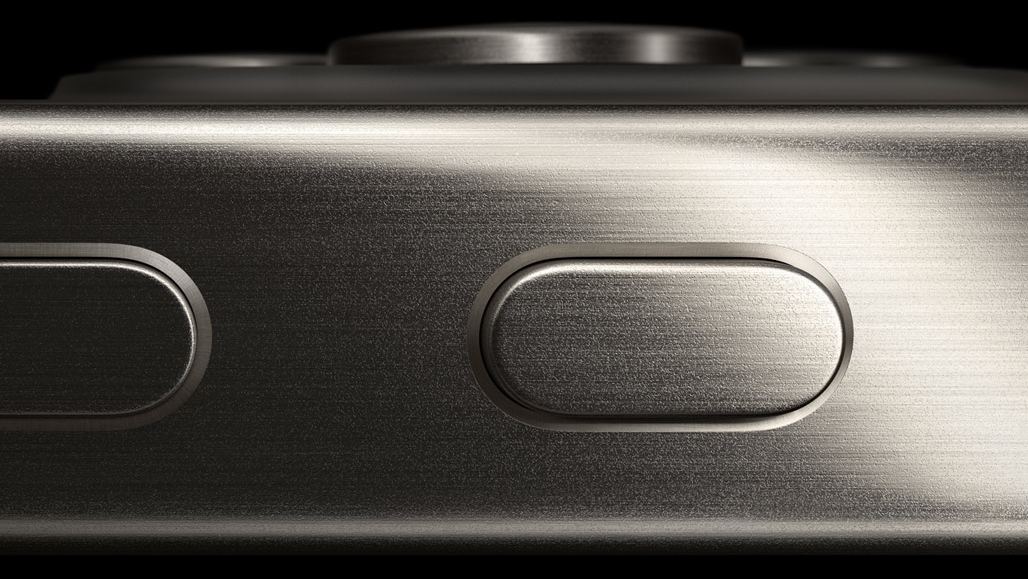
Apple’s iPhone releases are like clockwork, falling in September once a year. The iPhone 16 is expected to debut in September, 2024, and there’s no reason to believe the iPhone 17 won’t follow in September 2025. Apple usually holds its iPhone events early in the month, often on a Tuesday. Pre-orders for a device usually begin that Friday, with a full release date the following week.







